The oldest history, Ostrava in the Middle Ages, the development of craft production, the city of coal and steel, the great Ostrava, the return to freedom and democracy. Part-2
On 1 January 1924, the so-called Great Ostrava was created, bringing together seven Moravian municipalities in one unit (Moravská Ostrava, Přívoz, Mariánské Hory, Vítkovice, Hrabůvka, Nová Ves and Zábřeh nad Odrou). This significantly affected the city's development. A number of department stores, banks, administrative buildings have grown. Most of the attention was on October 28, 1930, the solemnly opened New Town Hall with a quadratic 75-meter-high glass tower. In 1929-1934, the life of the city was affected by the world economic crisis. Following the Munich Agreement in the autumn of 1938 and the withdrawal of the border territories of Germany, culminated in the tragedy of Masaryk Czechoslovakia on 15 March 1939 by Nazi occupation of the rest of the republic. Units of the German Wehrmacht marched to Moravia Ostrava the day before. The largest industrial enterprises such as Vítkovice upper and metallurgical mining or Ferdinand's North Railway have been assigned to the Göring plant's management of the German-owned concern and have turned to war production. The upcoming end of the war brought in August 1944 raids by Anglo-American allies, which seriously damaged the city. Ostrava and its inhabitants enjoyed the liberation on April 30, 1945. The troops of the 4th Ukrainian Front of the Red Army together with the 1st Czechoslovak Republic, a separate tank brigade completed the heavy and bloody fighting in the Ostrava-Opava operation. of the Ukrainian Front of the Red Army together with 1st Czechoslovak Republic. a separate tank brigade completed the heavy and bloody fighting in the Ostrava-Opava operation. of the Ukrainian Front of the Red Army together with 1st Czechoslovak Republic. a separate tank brigade completed the heavy and bloody fighting in the Ostrava-Opava operation.
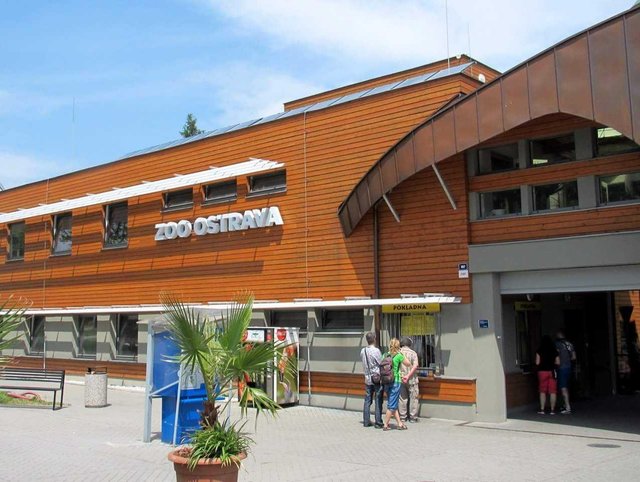
After 1945 and during the 1950s, Czechoslovakia focused on the development of mining, steel and other heavy industries. Its center became Ostrava, at that time called the "town of coal and iron" or "the steel heart of the republic". In 1949 the construction of the extensive industrial complex Nová huť in Ostrava-Kunčice began. Massive support for heavy industry has brought new workforce to Ostrava and its surroundings. In the then peripheral quarters of the town a number of new housing estates were built, especially Poruba, Zábřeh, Hrabůvka, later Vyškovice and Dubina. Ostrava became the seat of the Mining University in 1945 (translated from Příbram) and the branch of the Pedagogical Faculty of Brno Masaryk University. She became independent in 1959 and was incorporated in 1991 in the newly established University of Ostrava. Cultural and social life was provided by two permanent scenes of today's Antonín Dvořák Theater (from 1945 Land Theater, 1949-1990 Zdeněk Nejedlý Theater) and Jiří Myron Theater (National House, 1945-1954 Lidové divadlo). The theater of Petr Bezruč (founded in 1948 as Theater of the Young) and the Aréna Chamber Theater (since 1951 Theater of Music) enjoy the popularity among the young spectators. An amateur puppet scene called The Wooden Kingdom was opened in 1946 for small audiences, and since 1953 the Professional Puppet Theater has been opened. In 1954, she started her concert activity of today's Janáček Philharmonic Orchestra Ostrava. 1948 as Young Theater) and Chamber Theater Arena (since 1951 Theater of Music). An amateur puppet scene called The Wooden Kingdom was opened in 1946 for small audiences, and since 1953 the Professional Puppet Theater has been opened. In 1954, she started her concert activity of today's Janáček Philharmonic Orchestra Ostrava. 1948 as Young Theater) and Chamber Theater Arena (since 1951 Theater of Music). An amateur puppet scene called The Wooden Kingdom was opened in 1946 for small audiences, and since 1953 the Professional Puppet Theater has been opened. In 1954, she started her concert activity of today's Janáček Philharmonic Orchestra Ostrava.
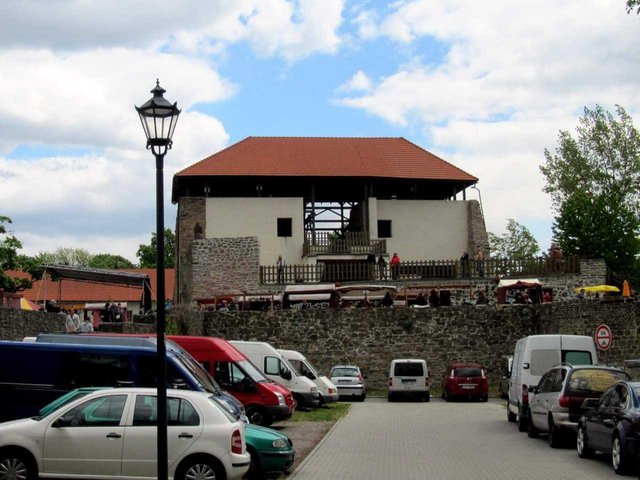
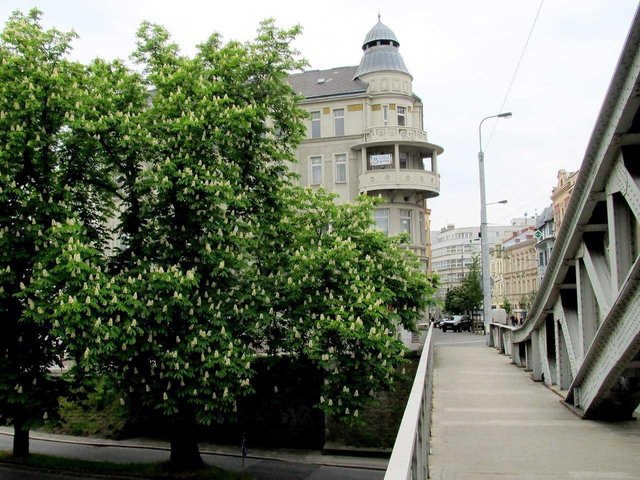
Significant political and economic changes took place after 1989. Ostrava became a statutory city headed by a mayor, a city council and a council elected in free and democratic elections. As a result of the restructuring of the industry, mining activity was severely curtailed. The last coal of coal, exported on June 30, 1994 from the Odra Pond in Přívoz (formerly František Mine), ended the more than two-century history of active mining in Ostrava. The Vítkovice blast furnaces, which form a significant urban dominance, disappeared in 1998. In Vítkovice, they began to focus on engineering production. In the city, the steel industry concentrated in the New Hut (today Arcelor Mittal). The Papal Bull Ad Christifidelium spirituali, issued by John Paul II. on 30 May 1996 Ostrava became the seat of the Ostrava-Opava diocese. The Basilica of the Divine Savior was elevated to the cathedral. The city's floods and many of its inhabitants have been dramatically hit by the July 1997 flood, referred to as "thousands of years of water". Damage caused by the largest flood in Ostrava's history was estimated at more than four billion crowns. Since 2000, Ostrava has become the seat of the newly established Ostrava, today the Moravian-Silesian Region.
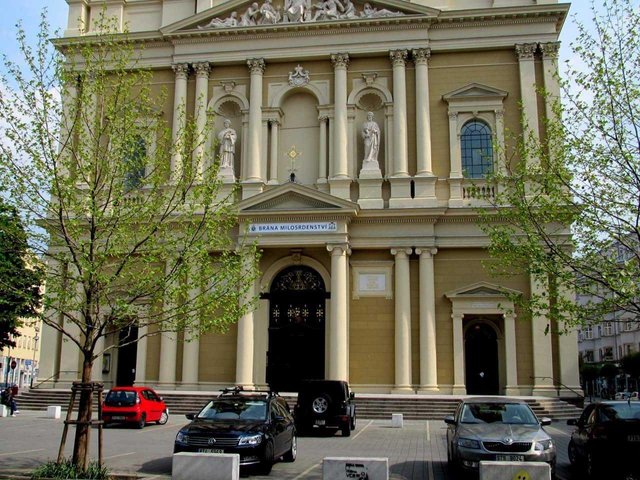
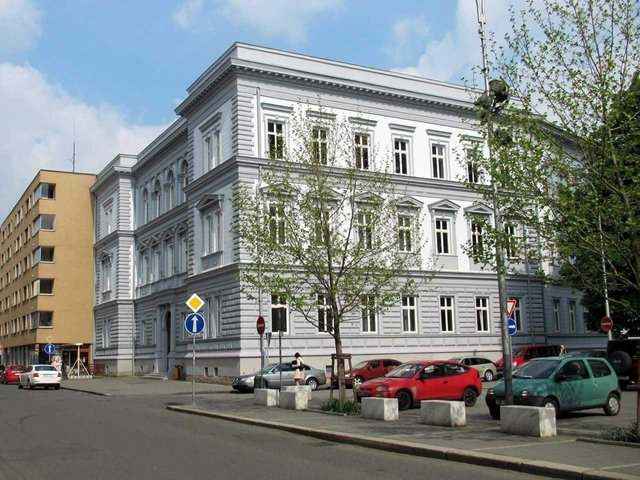
Congratulations, your post had been chosen by curators of eSteem Encouragement program. Feel free to join and reach us via Discord channel if you have any questions or would like to contribute.
Thank you for using eSteem
CREATING YOUR PROFILE IS EASY! JUST FOLLOW THE STEPS HERE ☜(ˆ▿ˆc)
You can trade your earned credstars for SBD!
Thank you. I will join your Discord chanel.